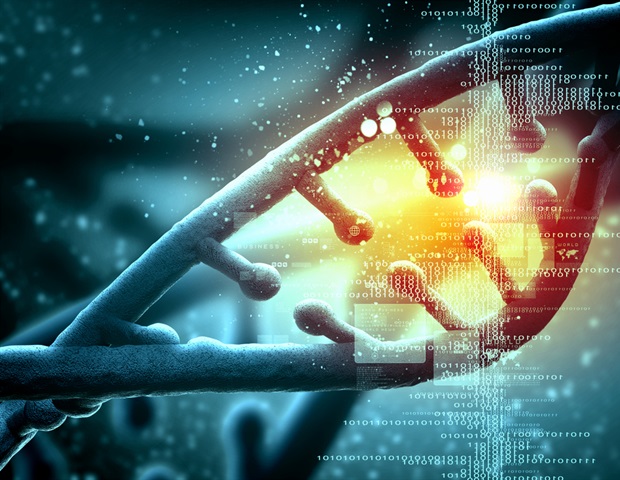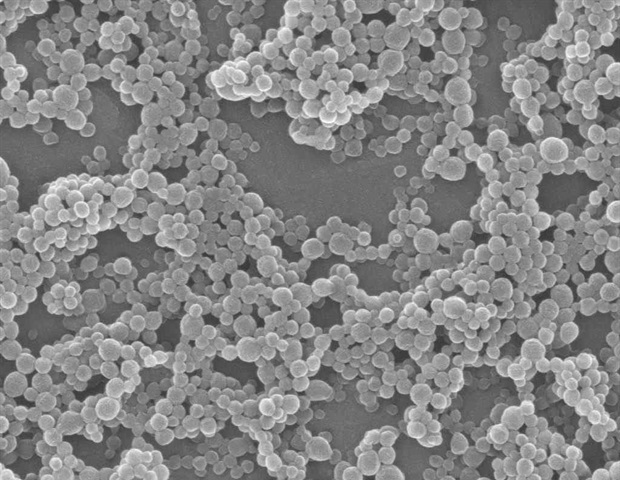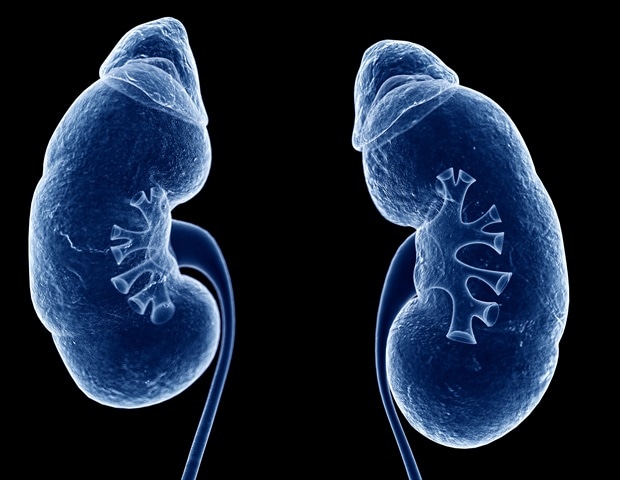
Researchers at Washington University School of Medicine in St. Louis have found important clues to how people make choices involving obtaining information about the future. The scientists identified a set of mental rules that governs decision-making about rewards, including cognitive rewards such as satisfying curiosity, and they identified the part of the brain that regulates this type of decision-making.
Researchers at Washington University School of Medicine in St. Louis have new insight on what goes on inside people’s heads as they make decisions to obtain information about the future. The scientists identified a set of mental rules that governs decision-making about physical rewards — for example, food or money — and cognitive rewards – like the joy felt when accessing sought information. And they identified the part of the brain that regulates this type of decision-making. The process occurs in the lateral habenula, an ancient brain structure shared by species as distantly related as people and fish.
The findings not only offer insight on the body’s most mysterious organ but have potential to help people struggling with tough choices, whether due to the inherent complexity of certain decisions — such as whether to take a genetic test that might return unwelcome information — or due to mental illnesses that affect the ability to make decisions, such as obsessive-compulsive disorder (OCD), anxiety and depression.
The study is available in Nature Neuroscience.
Identifying the circuits involved with assigning value to cognitive rewards, like information about the future, is really important, because that kind of valuation is often what breaks down in mental disorders. If we can understand exactly what part of the decision-making process is malfunctioning in an individual, we may be able to target that aspect of the process precisely and treat some mental illnesses more effectively.”
Ilya Monosov, PhD, senior author, professor of neuroscience at Washington University
Making a choice between two options often requires weighing the values of and making trade-offs between multiple factors. Some of these factors are concrete and practical. But there are also intangible factors that can provide powerful motivation to choose one option over another, such as the desire to satisfy curiosity and gain information. Some information has practical value, of course, such as advance warning of an incoming hurricane. But experiments have shown that people and animals value obtaining information even when they cannot parlay it into something useful.
“Take, for example, a student who turns in a final exam and then wants to know the results immediately,” said co-first author Yang-Yang Feng, an MD/PhD student who designed and led the the study’s experiments with human participants. “Finding out your score today versus finding out in a week won’t change the results or gain you any kind of advantage. But some people want to know so badly that they will pay to find out early. That’s called noninstrumental information seeking, trying to obtain information for its own sake.”
Historically, the drive to obtain practical rewards, such as money or food, and the drive to obtain information have been studied as separate phenomena. This division is artificial and oversimplifies the choices people make in the real world, the researchers said.
Feng and co-first author Ethan Bromberg-Martin, PhD, a senior scientist in Monosov’s lab, designed experiments that required participants to make trade-offs between rewards and noninstrumental information, to come to a final decision. Study participants were given a choice between two options, each of which gave them a chance at obtaining a few cents. The amount of money they could win and the likelihood of winning it varied. Some of the options came with the promise to learn the outcome early, before actual money arrived. In separate experiments, monkeys were offered analogous choices, with juice as the reward instead of money.
“By analyzing the trade-offs individuals made, we were able to work out some of the rules that individuals use to decide how much they’re willing to pay for information,” Bromberg-Martin said. “These rules generalized between humans and animals, suggesting that this abstract value may be conserved through evolution.”
One of the key principles they uncovered is that individuals seek information largely to resolve uncertainty. The more uncertainty, the more they are willing to pay for information about it. Intuitively, this makes sense. You would probably be willing to pay more to find out the outcome of a $100 bet than a $1 bet, especially if you could get the information sooner rather than later. These and other principles form a logical framework that the brain relies on to make choices.
But sometimes the system malfunctions.
“Some people with OCD exhibit what’s known as checking behaviors, where they go back and check the same thing over and over,” Monosov said. “This is aberrant information-seeking behavior, and it is basically due to a misprocessing of uncertainty.”
As part of this study, the team discovered that decision-making algorithms are implemented through a neurological circuit that culminates in the lateral habenula, a tiny structure located deep in the brain. The lateral habenula is a major regulator of dopamine and has been linked to mental illnesses including depression, anxiety and OCD.
The team is working on using tasks requiring participants to make choices, similar to those in this study, to classify people with OCD into subtypes that correspond to how their brains process uncertainty. Doing so would be a step toward more targeted therapies.
“A person may be fine in some regards, but their uncertainty processing is off in one specific way,” Monosov said. “Rather than saying that someone has a broad mental disorder such as OCD, we could say that their uncertainty processing is broken in this specific way, and here’s how we can modulate it. It’s a step toward more personalized medicine for mental illnesses.”
Source:
Washington University School of Medicine
Journal reference:
Bromberg-Martin, E. S., et al. (2024). A neural mechanism for conserved value computations integrating information and rewards. Nature Neuroscience. doi.org/10.1038/s41593-023-01511-4.








